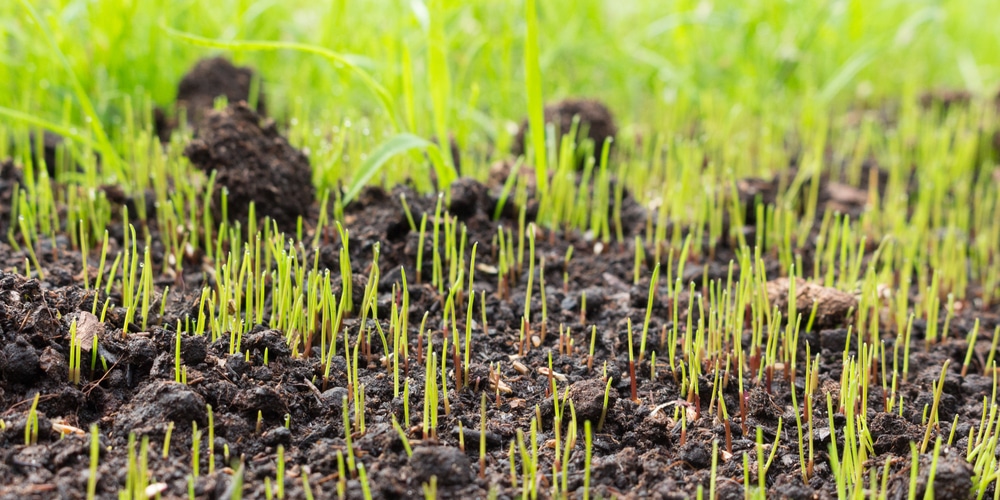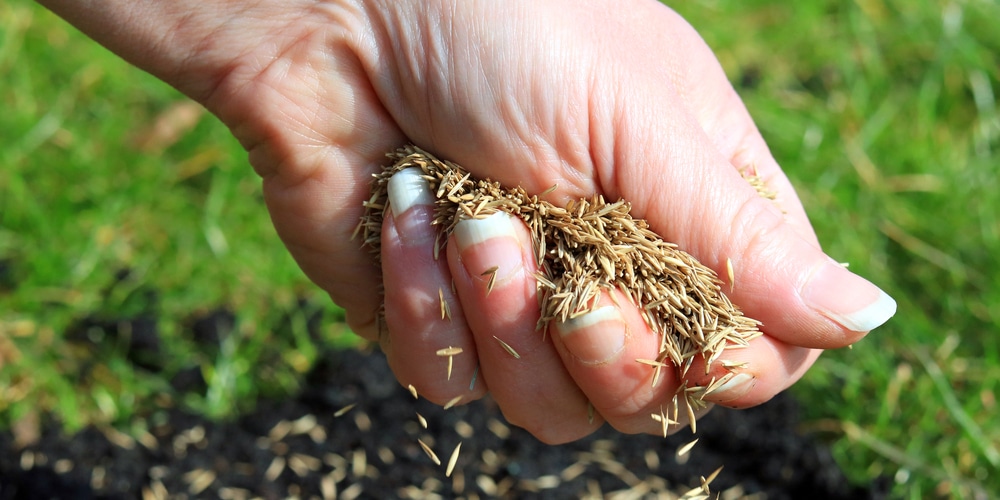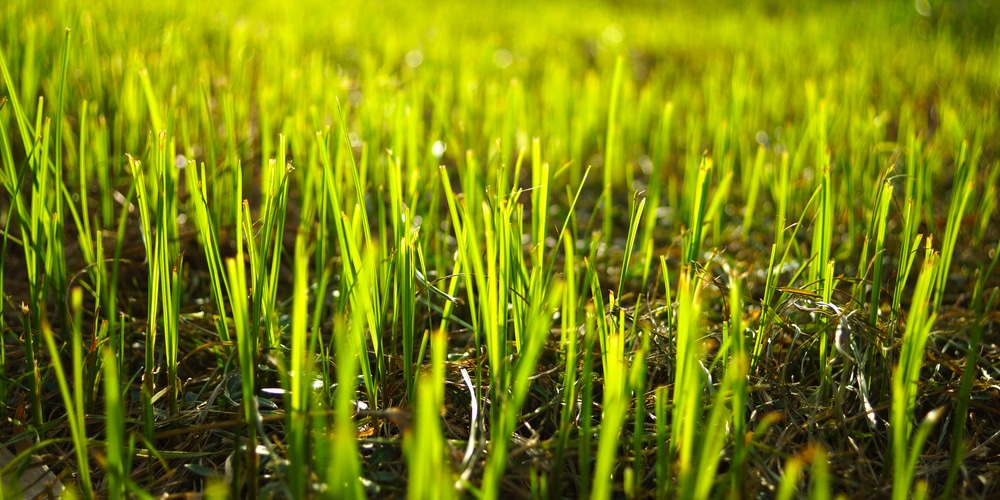Quick Answer:
Planting fescue grass seed effectively depends on the climate zone. Here’s a general guide based on U.S. climate zones:
| Climate Zone | Optimal Planting Time for Fescue Grass Seed |
|---|---|
| Zone 3-4 | Early spring (April-May) or early fall (September) to avoid harsh winter conditions. |
| Zone 5-6 | Fall (September to early October) is ideal, spring (March-April) as a second option. |
| Zone 7-8 | Primarily fall (September to mid-October) for best root development and establishment. |
| Zone 9-10 | Late fall (October-November) to take advantage of cooler temperatures for germination. |
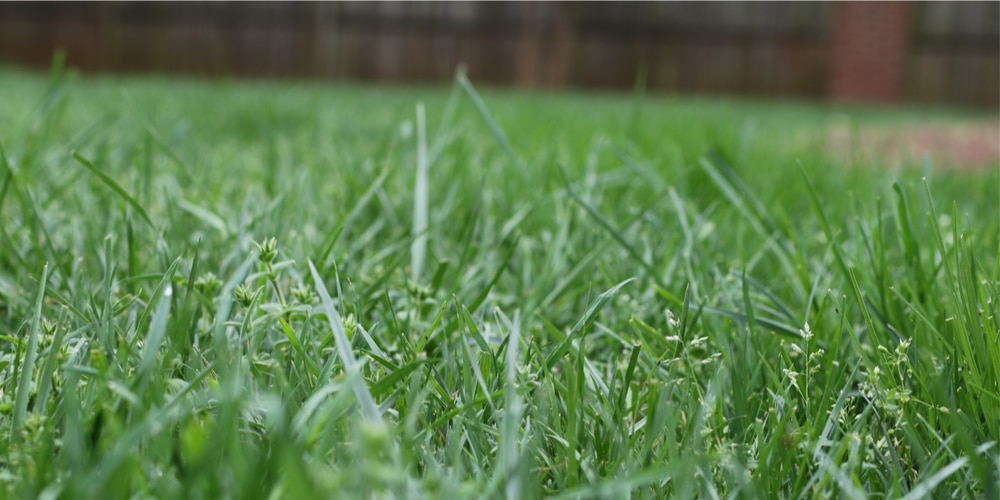
Key Points:
- Fall Planting: Encouraged across most zones for cooler temperatures, natural rainfall, and less weed competition, allowing strong root systems to develop before summer.
- Spring Planting: Possible in colder zones but requires more careful watering and weed management.
- Soil Preparation: Regardless of zone, preparing the soil by removing weeds and loosening the top layer can improve seed-to-soil contact and germination rates.
- Watering: Keep the seeded area moist but not waterlogged to support germination and early growth.
This table provides a broad guideline; local conditions like microclimates, soil type, and current weather patterns should also be considered for optimal planting times.
Where Fescue Thrives, And How to Make it Survive
Fescue grass seed is a versatile option for homeowners seeking a robust lawn in cooler climates. This cool-season grass exhibits a deep root system that enables it to draw nutrients efficiently and be more drought-resistant compared to some other grasses.
Fescue grows best in slightly acidic to neutral soil with a pH range of 6.0 to 7.0.
Characteristics:
- Clump-forming growth pattern
- Drought-tolerant due to deep root system
- Thrives in full sun to partial shade
Optimal Planting Times:
- Fall: Ideal for root development, with soil temperatures around 60°F
- Spring: Second best, soil should be consistently 60°F or warmer
Soil Preparation: A soil test is recommended to assess pH levels and nutrient content.
- pH too high: Add sulfur
- pH too low: Add lime
- Seeds should be planted ¼ inch deep in the soil
- Light mulch or wheat straw can aid germination
- Post-germination, reduce watering frequency but increase depth
Optimal Timing for Planting
The success of planting fescue grass depends on careful timing to synchronize the growth cycle with favorable weather conditions.
Seasonal Considerations
Fescue grass, being a cool-season turf, thrives when seeded in early fall. Planting during this time ensures the grass can establish itself before the onset of winter.
Specifically, grass seed should be sown between mid-August and mid-October. This period ensures soil temperatures are beginning to cool but have not yet reached cold levels that can impede germination.
Regional Climate Impact
Planting times do adjust slightly depending on the grower’s location. For instance:
- In USDA zones 2 to 6: September to November is ideal.
- Warmer regions (USDA zones 7 and higher): Extend the planting window to capture slightly warmer soil temperatures.
Soil Temperature Requirements
Fescue seeds germinate best when soil temperatures are between 60°F and 65°F. This range aligns with the natural growth cycle of fescue, ensuring quick germination and strong early root development.
Planting with the correct soil temperature helps safeguard the young grass against diseases and environmental stress.
Preparation for Planting
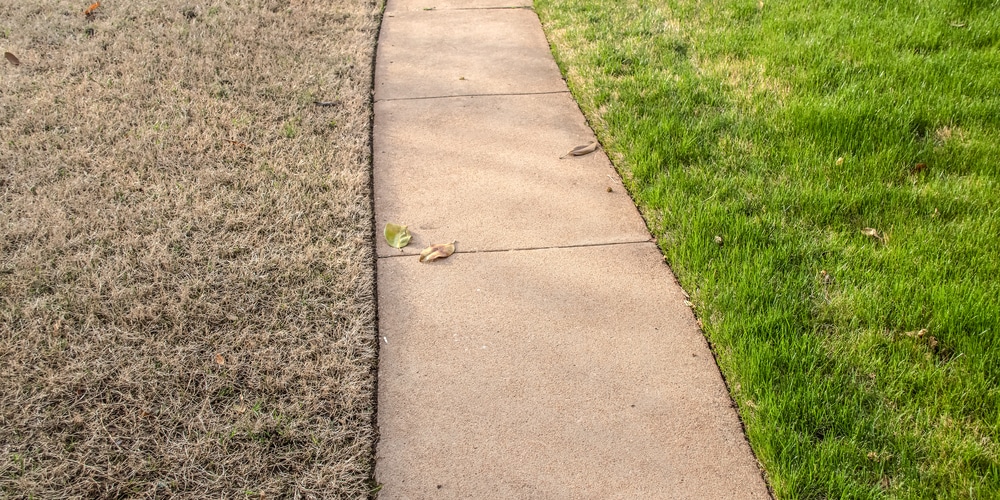
Before one can embark on planting fescue grass seed, key preparations involving soil condition and seed selection must be addressed for optimal growth.
Soil Testing and Amendments
A gardener should begin with a soil test to understand the soil’s nutrient profile and pH level; fescue grass typically thrives in a pH range of 5.5 to 6.5.
Amendments may be necessary depending on the soil test results. For instance, if the soil is too acidic, incorporating lime can help balance the pH.
Meanwhile, organic material, such as compost, can improve soil structure and nutritive value.
Recommended Soil Amendments Based on Common Deficiencies:
| Deficiency | Amendment |
|---|---|
| Low pH (Acidic) | Lime |
| Low Nitrogen | Fertilizer |
| Compaction | Aeration |
| Poor Nutrient Value | Organic compost |
Selecting Quality Seed
Choosing high-quality fescue grass seed is crucial for establishing a resilient and lush lawn.
A blend of fescue seed varieties often offers the best results, as they can adapt to varying conditions and maintain a green appearance throughout the seasons.
One should look for seeds that have a high germination rate and are free from weed seed contamination.
Key Seed Attributes to Consider:
- Purity: Percentage of desired fescue seed in the mix.
- Germination Rate: The percentage of seeds that will sprout.
- Date Tested: Ensures freshness and viability.
- Noxious Weeds: The bag should show none present.
Planting Techniques
When planting fescue grass seed, gardeners should adhere to specific methods to optimize seed germination and lawn establishment. Below are the critical techniques they should follow:
- Soil Preparation: They must first clear the area of weeds and debris. Loosening the top 2 to 3 inches of soil can help the seeds embed properly.
- Soil Testing: It is advisable to perform a soil test to determine pH levels and nutrients. Fescue prefers a pH range of 6.0 to 7.0.
- Seeding: Gardeners should spread the seed evenly across the soil, aiming for approximately 8 to 10 pounds of seed per 1,000 square feet.
- Depth: Seeds should be covered lightly with soil, ideally to a depth of ¼ inch, to protect them and ensure contact with the soil.
- Mulching: Applying a thin layer of mulch or wheat straw can help retain moisture and protect the seeds during germination.
- Watering: Initially, one should water frequently to keep the top inch of soil moist. After germination, they can reduce watering frequency but increase the amount of water to foster deeper root growth.
| Step | Action | Purpose |
|---|---|---|
| 1 | Soil Prep | Create a seed-friendly environment |
| 2 | Testing | Ensure soil pH and nutrients are balanced |
| 3 | Seeding | Distribute seeds evenly |
| 4 | Depth | Enable seed coverage |
| 5 | Mulching | Maintain moisture and protect seeds |
| 6 | Watering | Encourage germination and root development |
Aftercare and Maintenance
Once fescue grass seedlings have established, homeowners should transition to a maintenance routine. They must focus on proper watering, mowing, and fertilization to ensure a healthy lawn.
- Watering
- Initially, frequent light waterings are critical to help the seedlings.
- As the grass matures, one should reduce the frequency and increase the depth of watering to encourage deep root growth.
- Mowing
- Wait for grass to reach at least 4 inches in height before the first mow.
- Maintain a consistent height of 3 to 4 inches to promote good health and prevent weeds.
- Fertilization
- Assess the soil’s nutrient content periodically to determine fertilization needs.
- Fescue grass typically requires less fertilizer than other cool-season grasses due to its efficient nutrient uptake.
Homeowners may also consider aeration, which enhances soil oxygenation and nutrient absorption. It is advisable to aerate during the growth season when the grass can recover swiftly.
Seasonal care may involve overseeding in autumn to fill in thin spots and keeping leaves off the lawn to prevent suffocation of the grass.
Frequently Asked Questions
When tackling the task of sowing fescue seed, gardeners often have a bevy of inquiries regarding the optimal conditions and practices. The following FAQs address common concerns and provide guidance on sowing fescue grass seed effectively.
What is the best season to sow fescue seed in transition zones?
In transition zones, the best time to plant fescue seed is during early fall. This allows the grass to establish itself during cooler temperatures, which are ideal for fescue growth.
How should one prepare the soil before seeding fescue?
Soil preparation should include testing the pH level, which is optimal between 6.0 and 7.0 for fescue.
Additionally, one should till the soil to a depth of about 2-3 inches and remove debris or clumps to create a smooth seedbed.
What are the optimal germination temperatures for tall fescue?
Tall fescue grass seed germinates best when soil temperatures are consistently between 50°F and 65°F.
This is typically in the fall or spring depending on the region.
How long does it typically take for fescue grass seeds to germinate?
Under ideal conditions, fescue seeds usually germinate within 7 to 14 days, but it can take up to 21 days for the seedlings to become established.
Is there a preferred time of year to plant fescue grass in the southeastern United States?
In the southeastern US, the preferred planting time for fescue grass is from late summer to early fall, giving the seedlings time to mature before the onset of winter.
What are the latest sowing dates for fescue to ensure proper establishment before extreme weather?
To ensure proper establishment before the heat of summer or the cold of winter, fescue should typically be sown at least 45 days before the expected onset of such extreme weather conditions.
Last update on 2025-06-06 / Affiliate links / Images from Amazon Product Advertising API



